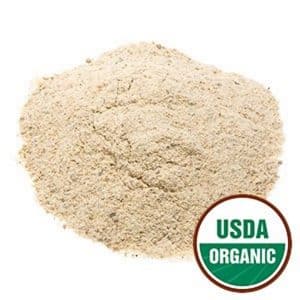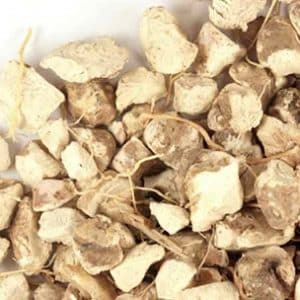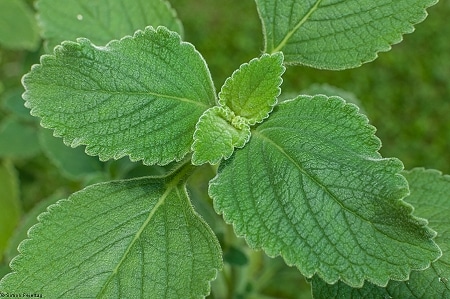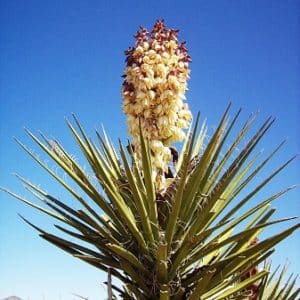Chinese medical texts dating from 500 BCE recommended its use for these conditions, as did the ancient Greeks and Romans. Europeans seem to have discovered its properties almost by accident during the mid-1700s.
Worldwide, there are hundreds of willow species; and many are sources of botanical medicines, especially the white willow, which has a long history of use for fevers and hot conditions. The Cree, Chippewa, Huron, Mohawk, and other tribes used white willow bark in much the same way as the modern day aspirin when treating fevers, headaches, arthritis, and other painful inflammations. The Mesquakies used the willow to treat diarrhea and the leaves to stop hemorrhaging. This tribe was also recorded as being able to distinguish an upland from a lowland variety of willow. The Menominis used the galls to make medicines for spasmodic colic, dysentery, and diarrhea. The Blackfeet made a tea from the crushed fresh root to treat internal hemorrhages, throat constrictions, swollen neck glands, bloodshot or irritated eyes, and for symptoms of waist trouble . The Cheyenne fashioned a strip of willow bark around a cut to stop bleeding. Many tribes, including the Chicanos in New Mexico, chewed the twigs to clean the teeth to harden the gums in cases of pyorrhoea.
Native American tribes used the plant not only for medicine but also for making dye, furniture, mats, baskets, drums, stirrups, tipi pegs and pins, fox and fish traps, hunting lodge poles, and meat-drying racks.
It was one of the first herbs to be scientifically investigated. A 19th century French chemist, Leroux, extracted the active component and called it salicine . By 1852, this substance was reproduced synthetically; and by 1899, a German drug company, named Bayer, marketed the first aspirin tablet as an arthritis remedy. It contained a less irritating, although unpleasant-tasting, variant named acetylsalicylic acid. This was the first of the modern generation of plant-derived drugs.
Dioscorides, the 1st century Greek physician, suggested taking willow leaves, mashed with a little pepper and drunk with wine to relieve lower back pain.
A British minister and physician named Edmund Stone was looking for an inexpensive substitute for South American cinchona bark, the source of quinine, to treat malaria. Cinchona was very bitter tasting and since it looked similar to the local white willow bark and tasted much the same when brewed as a tea, Stone gave it to his patients; and 19th century scientists began to experiment with the willow.
For centuries, the Aztecs had been using the royal-plume-water-willow to treat fevers.
Native Americans utilized almost every part of the Red Willow to make everything from baskets to bows, tools and toys. The inner bark was used in tonics; and the Okanagan-Colville Indians drank a tea made with the inner bark, combined with that of the wild cherry, as a general illness remedy. The Bella Coola used it to treat diarrhea, while the Kashaya Pomo treated colds and sore throats with a leaf decoction.
Salicin was officially listed in the US Pharmacopoeia from 1882 to 1926 and the National Formulary from 1936 to 1955.
Key Actions
Key Components




